2015 China
31 March,
Nanjing to Zhengzhou
Datong Hotel 146CNY
The
ongoing debate and controversy about whether the “Rape of Nanjing” occurred at
all, and if so how many victims there were, does nothing to lessen the impact
of the displays, photographs, skeletons and testimonies housed in the Nanjing
Massacre Memorial Hall.
Wikipedia:
“The Nanking Massacre or Nanjing Massacre, also known as the Rape of Nanking or
Rape of Nanjing, was an episode during the Second Sino-Japanese War of mass
murder and mass rape by Japanese troops against the residents of Nanjing (then
spelled Nanking), the capital of the Republic of China. The massacre occurred
over six weeks starting December 13, 1937, the day that the Japanese captured Nanjing.
During this period, soldiers of the Imperial Japanese Army murdered an
estimated 40,000 to over 300,000 Chinese civilians and disarmed combatants, and
perpetrated widespread rape and looting. Several key perpetrators were tried
and found guilty at the International Military Tribunal for the Far East and
the Nanjing War Crimes Tribunal, and were executed...
Since
most Japanese military records on the killings were kept secret or destroyed
shortly after the surrender of Japan in 1945, historians have not been able to
accurately estimate the death toll of the massacre. The International Military
Tribunal for the Far East estimated in 1948 that over 200,000 Chinese were
killed in the incident. China's official estimate is more than 300,000 dead
based on the evaluation of the Nanjing War Crimes Tribunal in 1947. The death
toll has been actively contested among scholars since the 1980s...
After
losing the Battle of Shanghai, Chiang Kai-shek knew that the fall of Nanjing
was a matter of time. He and his staff realized that they could not risk the
annihilation of their elite troops in a symbolic but hopeless defense of the
capital. To preserve the army for future battles, most of it was withdrawn... a press release to foreign reporters ...
announced the city would not surrender and would fight to the death ... The
defense force blocked roads, destroyed boats, and burnt nearby villages,
preventing widespread evacuation...
Eyewitness
accounts of Westerners and Chinese present at Nanking in the weeks after the
fall of the city say that over the course of six weeks following the fall of
Nanking, Japanese troops engaged in rape, murder, theft, arson, and other war
crimes. Some of these accounts came from foreigners who opted to stay behind in
order to protect Chinese civilians from harm, including the diaries of John Rabe
and American Minnie Vautrin...”
To
accommodate our sobering morning visit to the Memorial Hall (it being closed
yesterday) we had had to opt for the slow afternoon train instead of catching
the high-speed morning train to Zhengzhou. Nine hours all told. The train was
full, with several passengers having booked “standing room” tickets. Again we
were the only westerners on board, and objects of interest to those around us.
For example, if we bought a snack and I noted the price in my budget booklet, three
or four passengers stood up to peer in interest over my shoulder and then
discuss my actions with others seated nearby. We are, of course, just as
curious about the Chinese as they are about us. We were particularly bemused by
the fact that several people boarded carrying 20 litre plastic paint drums
containing a thermos of hot water and enough food for a day or two.
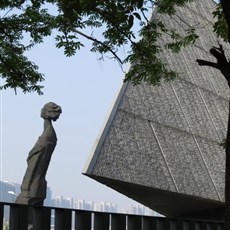
Nanjing Massacre Memorial Hall
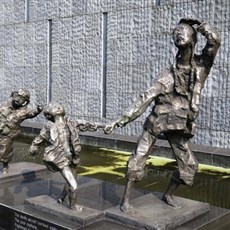
Nanjing Massacre Memorial Hall
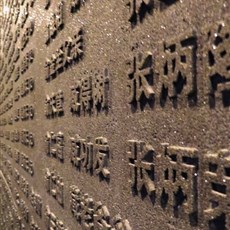
Nanjing Massacre Memorial Hall
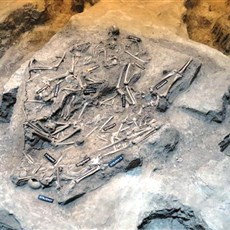
Nanjing Massacre Memorial Hall
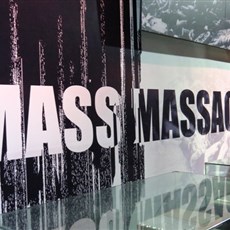
Nanjing Massacre Memorial Hall